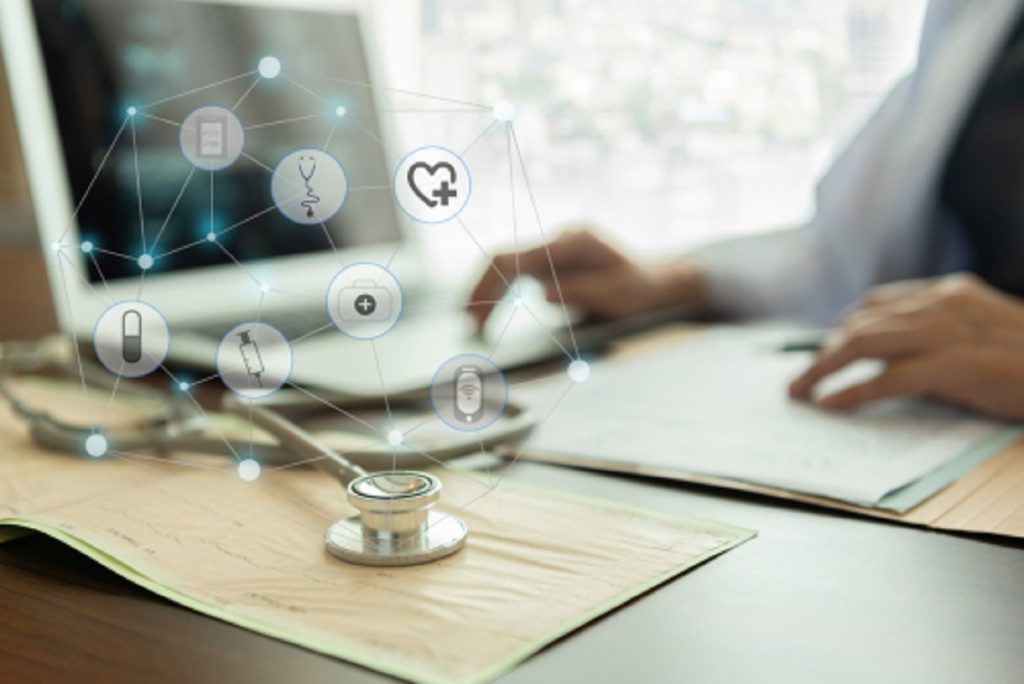Disclaimer: This website provides health information for educational purposes only and is not a substitute for professional medical advice, diagnosis, or treatment. Always seek the guidance of a qualified healthcare provider with any questions you may have.
- Technology offers many advantages to medical professionals, such as streamlining patient care processes and automating administrative tasks.
- Potential challenges with incorporating technology into practice include cost, privacy & security concerns.
- Various tools and resources are available to help make the most of technology, such as EHRs, online medical platforms, telemedicine, wearables, digital imaging, and artificial intelligence.
- Embracing these innovations can help take your practice to the next level and provide better patient care.
Medical technology is advancing at a breakneck pace, improving treatment options, better patient outcomes, and new tools for healthcare professionals. As a doctor, you have the opportunity to utilize these advancements to provide more effective and efficient care to your patients.
But with so many different technologies available, it can be challenging to know where to begin. This blog post explores practical ways to incorporate technology into your medical practice and take patient care to the next level.
The Advantages of Technology
As a doctor, technology can be the key to unlocking a world of potential for your profession. With the help of advanced technology, you can streamline your patient care processes, automate many of your administrative tasks, and stay on the cutting edge of medical research.
The benefits of technology in healthcare are numerous, from electronic medical records and telemedicine platforms to state-of-the-art medical imaging equipment. Using technology to enhance your practice can improve patient outcomes, save you time and money, and ultimately help you provide higher care to those who need it most.
What are the Possible Challenges
Of course, there are some potential drawbacks to incorporating technology into your practice. One of the main issues is cost, as advanced technology can be pretty expensive. Additionally, it’s crucial to consider privacy and security, as sensitive patient data must always be kept secure.
Finally, understanding how to use the technology effectively can take time and effort; you may need to invest in training and development for yourself and your staff to get the most out of your new tools.
Various Tools and Resources
Fortunately, many resources are available to help you make the most of technology in your practice. Here are a few:
Electronic Health Records

Electronic health records (EHRs) have become the norm in many medical practices, and for good reason. EHRs help doctors and other healthcare professionals manage patient information quickly and efficiently, with instant access to medical history, prescriptions, and lab results. Utilizing EHRs can streamline your documentation process, reduce errors, and enhance patient safety.
Online Medical Platforms
One of the latest advances in medical technology is online platforms, which allow doctors and patients to connect virtually. With these platforms, doctors can access various tools and resources that can help streamline their practice and improve patient care.
One such way these platforms can be helpful is in conjunction with integrated wearable devices. Patients can use these devices to track their health and provide doctors with real-time data, ultimately helping doctors make more informed decisions about patient care. As a result, these platforms can potentially revolutionize medical care by connecting doctors and patients remotely.
Telemedicine
Telemedicine is a game-changer for healthcare, enabling doctors to consult with patients and provide care remotely. From virtual check-ups to teleconferencing with other healthcare professionals, telemedicine can be incorporated into your practice. This technology saves you and your patients time and provides a convenient way to deliver care outside of the traditional office setting.
Wearables
Wearable devices like fitness trackers and smartwatches can improve patient compliance with treatment plans by providing real-time monitoring of vital signs, activity levels, and sleep patterns. This data can help you tailor treatment plans to your patients’ needs, track progress over time, and provide patients with the feedback and motivation they need to achieve their health goals.
Digital Imaging

Digital imaging technology has revolutionized the medical field, from MRIs and CT scans to ultrasound and X-ray machines. This technology offers sharper imaging, faster results, and higher accuracy levels than traditional film-based imaging. With digital imaging, you can quickly and accurately diagnose medical conditions, develop treatment plans, and monitor progress.
Artificial Intelligence
Artificial intelligence (AI) is an exciting technology with the potential to transform healthcare. From predictive analytics to diagnosis and treatment recommendations, AI can automate many aspects of healthcare delivery, freeing up time for you to focus on more complex patient cases. While there is still much to explore in integrating AI into medical practice, the potential benefits are promising.
The Bottom Line
Technology is rapidly advancing in the medical field, providing doctors with many new tools to enhance patient care. As a doctor, you have a unique opportunity to embrace and use these innovations to take your practice to the next level. By staying up-to-date with technology advancements in the medical field and embracing these tools, you can provide better patient care and continue to grow as a healthcare professional.

